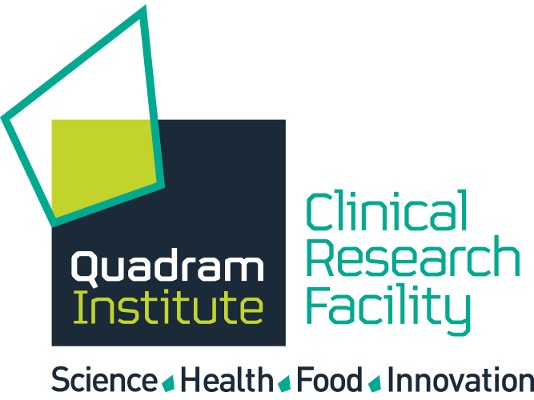
ES-Bifi
ES-Bifi is mostly represented by Bifidobacterium but is also composed of Streptococcus and Enterococcus genera. It prevails in early microbiome maturation in infants before declining in abundance, and becomes less persistent with the ageing microbiome.


Attributes
| Background | Identification study | First included |
| Frioux et. al (202X) | November 2022 |
| Known associations | Dataset | Associations |
| BMIS | acid reflux - PPI dosage (positive) (Frioux et. al (202X)) age (negative) (Frioux et. al (202X)) | |
| GMR infants | birth weight (positive) (Frioux et. al (202X)) delivery mode (positive) (Frioux et. al (202X)) gestation week (positive) (Frioux et. al (202X)) amount of breastmilk at 3month (negative) (Frioux et. al (202X)) |
| Technical validation | - | - |
| - | - |
| Composition | Rank | Taxa |
| Kingdom |
Bacteria (93.29%) |
|
| Phylum |
Actinobacteriota (53.46%) Firmicutes (24.27%) Firmicutes_C (7.2%) Proteobacteria (4.58%) Firmicutes_A (3.78%) |
|
| Class |
Actinomycetia (51.3%) Bacilli (24.27%) Negativicutes (7.2%) Gammaproteobacteria (4.58%) Coriobacteriia (2.16%) Clostridia (3.78%) |
|
| Order |
Actinomycetales (51.3%) Lactobacillales (23.67%) Veillonellales (7.2%) Enterobacterales (4.58%) Coriobacteriales (2.16%) Lachnospirales (3.06%) Clostridiales (0.72%) Erysipelotrichales (0.6%) |
|
| Family |
Bifidobacteriaceae (51.3%) Streptococcaceae (18.68%) Veillonellaceae (7.2%) Pasteurellaceae (3.84%) Enterococcaceae (3.73%) Coriobacteriaceae (2.16%) Lachnospiraceae (3.06%) Enterobacteriaceae (0.74%) Clostridiaceae (0.72%) Lactobacillaceae (1.26%) Erysipelatoclostridiaceae (0.6%) |
|
| Genus |
Bifidobacterium (51.3%) Streptococcus (18.01%) Veillonella (7.2%) Haemophilus (3.84%) Enterococcus (3.73%) Collinsella (2.16%) Ruminococcus_B (1.73%) Enterocloster (0.74%) Pantoea (0.74%) Clostridium (0.72%) Lactococcus (0.67%) Lacticaseibacillus (0.66%) Lactobacillus (0.6%) Erysipelatoclostridium (0.6%) Blautia (0.59%) |





